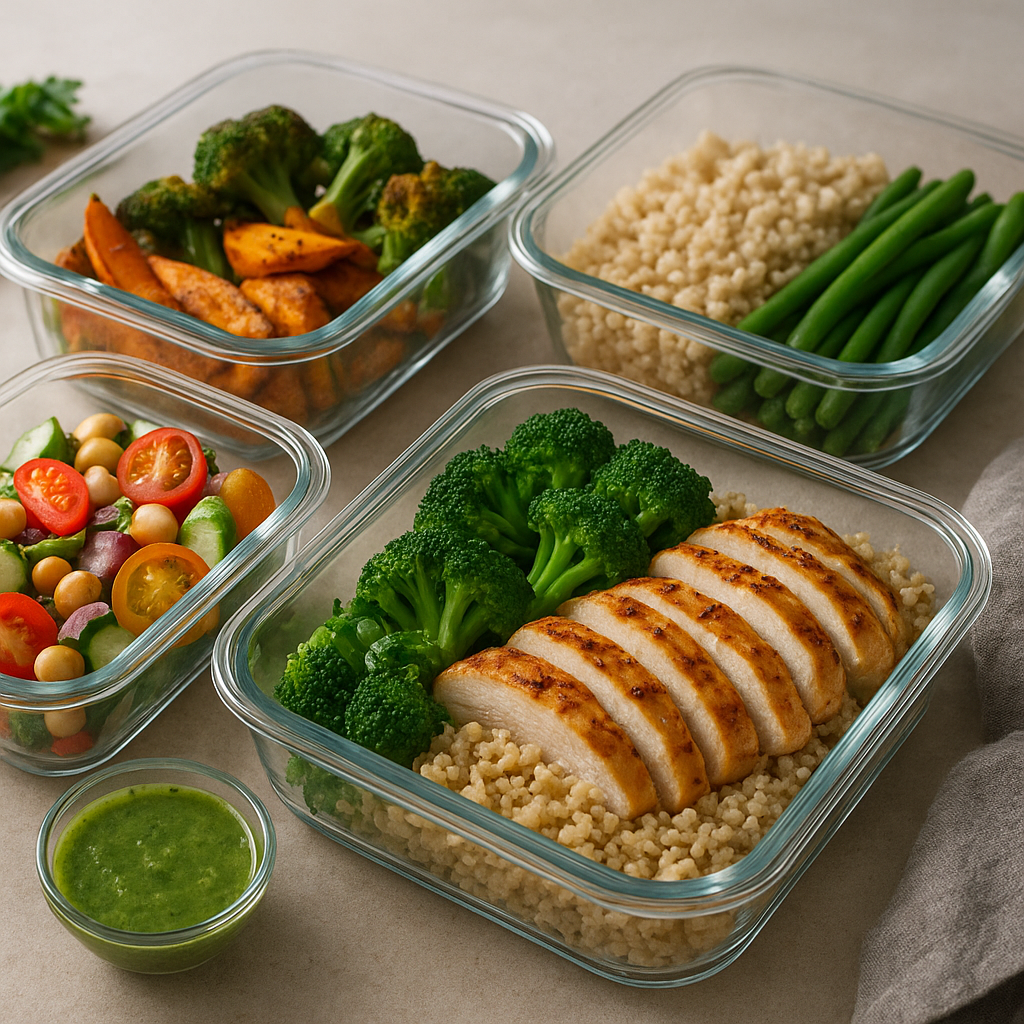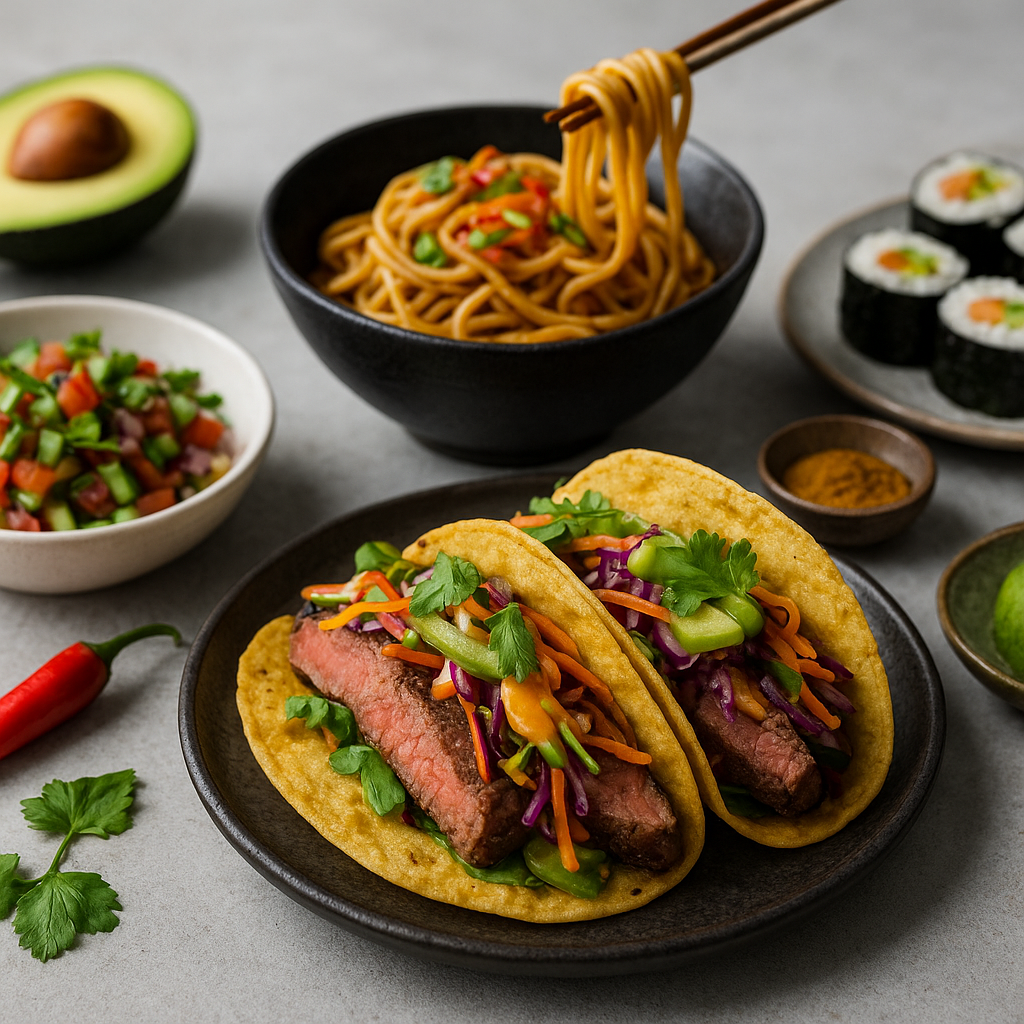The Fermentation Frontier: DIY Kimchi, Kefir, and Sourdough
In recent years, the fermentation trend has surged in popularity, inspiring home cooks and health enthusiasts to explore the art of making fermented foods like kimchi, kefir, and sourdough bread. This movement not only reflects a growing interest in gut health but also emphasizes creativity and self-sufficiency in the kitchen.

Understanding Fermentation
Fermentation is a natural process that transforms food through the action of microorganisms, such as bacteria and yeasts. This method of preservation enhances flavors and nutritional profiles while fostering beneficial probiotic cultures. Here’s a closer look at the most popular fermented foods that are making waves in home kitchens:
- Kimchi: A staple in Korean cuisine, kimchi is made by fermenting vegetables, predominantly napa cabbage and radishes, with garlic, ginger, and chili pepper.
- Kefir: A tangy, yogurt-like drink made from milk or water, kefir contains a diverse mix of bacteria and yeasts beneficial for digestion.
- Sourdough: Known for its distinct flavor and chewy texture, sourdough bread relies on wild yeast and lactic acid bacteria from the environment to rise and develop its unique taste.
The Benefits of Fermented Foods
Incorporating fermented foods into your diet can offer numerous health benefits:
- Improved Digestion: Probiotics found in fermented foods help balance gut bacteria, aiding in digestion.
- Enhanced Nutritional Value: Fermentation can increase the bioavailability of nutrients, making them easier for the body to absorb.
- Boosted Immune System: A healthy gut microbiome, supported by probiotics, is linked to a stronger immune response.
- Mental Health Benefits: Emerging studies suggest a connection between gut health and mental well-being, implicating fermented foods in mood regulation.
Getting Started with DIY Fermentation
For those looking to jump into the world of fermentation, starting with DIY projects can be both rewarding and educational. Here’s a basic guide to get started:
1. Making Kimchi
To make kimchi, you will need:
- 1 large napa cabbage
- 1/4 cup sea salt
- 2-3 tablespoons Korean red pepper flakes (gochugaru)
- 1 tablespoon minced garlic
- 1 tablespoon grated ginger
- Optional: carrots, green onions, or radishes
Steps:
- Slice the cabbage lengthwise and sprinkle salt between each leaf. Leave it to wilt for 1-2 hours.
- Rinse the cabbage thoroughly to remove excess salt.
- Mix gochugaru, garlic, ginger, and any optional vegetables to create a paste.
- Rub the paste into the cabbage leaves and pack them tightly in a jar.
- Allow to ferment at room temperature for 3-7 days, tasting daily until it reaches your desired flavor.
2. Preparing Kefir
For homemade kefir, you can use:
- Kefir grains (available online or at specialty stores)
- 1 quart of milk (or water for water kefir)
Instructions:
- Add kefir grains to milk in a clean jar.
- Cover the jar with a cloth and secure with a rubber band.
- Let it sit at room temperature for 24 hours, then strain the grains out and store your kefir in the fridge.
3. Baking Sourdough Bread
To start sourdough, you need:
- 1/2 cup of active sourdough starter
- 1 cup of water
- 3 cups of flour (mix of whole wheat and all-purpose)
- 1 tablespoon salt
Steps to bake:
- Combine starter, water, and flour in a large bowl.
- Knead the dough for about 10 minutes and let it rise for several hours.
- Shape the dough, let it rise again, and then bake in a preheated oven at 450°F.
Community and Resources
The growing interest in fermentation has given rise to numerous workshops, online courses, and social media groups. These platforms allow enthusiasts to share their experiences, troubleshoot common issues, and celebrate their creations. Some notable resources include:
- Culinary Schools: Many culinary institutions offer classes focusing on fermentation techniques.
- Online Communities: Platforms like Instagram and TikTok feature content under hashtags like #fermentation and #diyeats, showcasing a wide variety of projects.
- Books and Blogs: There is a wealth of literature available for anyone eager to deepen their knowledge, from beginner guides to advanced techniques.
Conclusion
The fermentation movement exemplifies a return to traditional cooking methods while promoting health and creativity in the kitchen. By engaging with processes like making kimchi, kefir, and sourdough, individuals not only take control of their diets but also connect with age-old culinary practices. As you step into the world of fermentation, enjoy the journey of flavor and health benefits that homemade fermented foods bring.
Related Video
For a comprehensive tutorial on fermentation techniques, check out this video.
Related videos:






